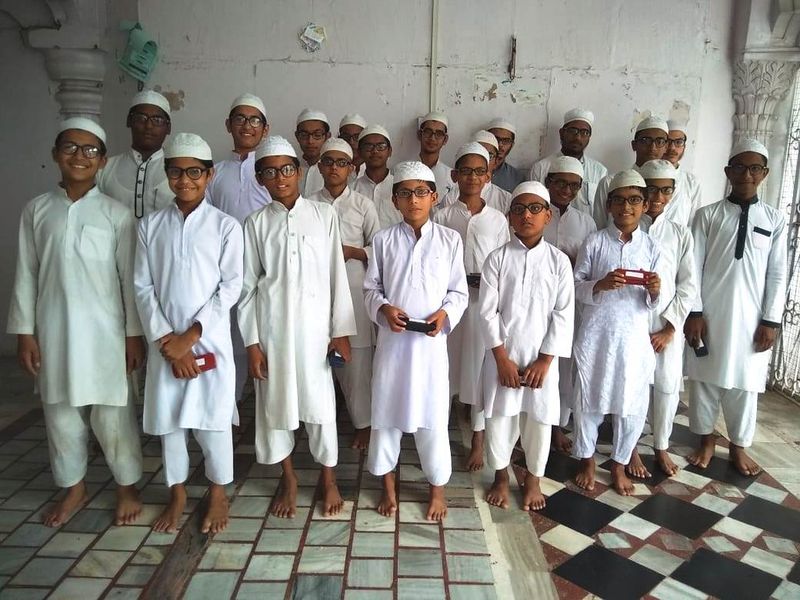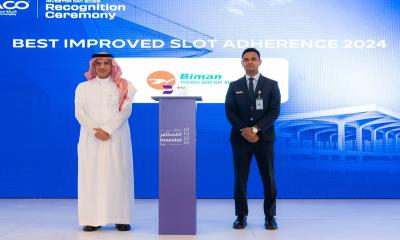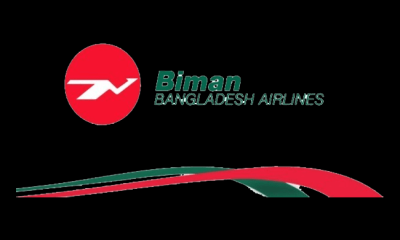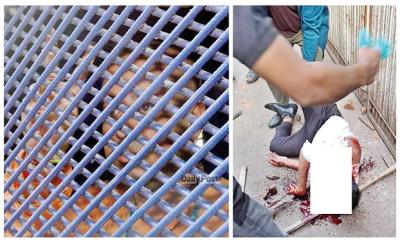Parents send their children to madrasas to ensure religious education along with modern teaching. A reason for sending children to madrasa is that same books are used in schools and Alia madrasas. In addition both modern and religious teachings are available in madrasas. And, there are high-quality madrasas in the country nowadays. Madrasa students are becoming doctors and engineers, got scholarship to study in abroad. Considering all the aspects, religious minded parents send their kids to madrasas.
There exist two types of madrasas in the country – Alia and Qawmi. Bangladesh Bureau of Educational Information and Statistics (BANBEIS), a government organization, preserves data on Alia madrasas. According to its latest report that covers the statistics of 2022, from Ibtedai (primary equivalent) to Kamil (equivalent to post graduation), a total of 4,020,690 students were studying in country’s Alia madrasas. This figure is the highest in last 20 years. In 2019, the number was 3,806,336. In last four years, the students at Alia madrasas went up by 214,354 or 5.63 percent.
The number of Qawmi madrasa students also increased alongside Alia. The Qawmi madrasa activities are currently run under six boards. Qawmi Madrasa Education Board is considered the largest board of all. The number of students in the madrasas under this board went up by nearly 100,000 in last three years.
People concerned said that textbooks for Alia madrasas and schools are almost identical. A section of madrasa students in last few years succeeded in the university-level admission tests, including Bangladesh University of Engineering and Technology (BUET) and medical colleges. On the other hand, some Qawmi madrasas have agreements with some foreign Islamic universities allowing the students to study in those institutions. And, many people from poor background are choosing Qawmi madrasas due to less expense. Aside from the religious aspect, these are the driving forces to increase the number of madrasa students in the country.
Maulana Abdul Halim, director of education department at Brahmanbaria’s Darul Arkam Al Islamia said “People have now become more religious. Therefore, they want to educate their children in religious education. Besides madrasa education has been modernized to meet the demand of the time. For instance, our madrasa provides advanced facilities, including computer lab and science lab. Over one hundred of our students are now studying at different universities abroad, including Al-Azhar University of Egypt. This is encouraging others to get admitted in madrasas.”
At present, there are madrasas with the same facilities offered by the kindergartens and English-medium schools. And, there are madrasas for low-income people. Madrasa education is no more confined to a specific class as it seen in the society.
Maulana Zia Uddin, head of Azad Dini Adarah-E-Talim Bangladesh, a Qawmi education board based in Sylhet, said that the popularity of religious education is the main reason behind the increase of madrasa students. Religious education has become popular as demand of the time. This is why the number is increasing day by day. Keeping this in mind, we are considering bringing newness to our curriculum.
Covid-19 pandemic degraded and destroyed the financial capability of many middle income and low income family. That is why many guardians are sending their children to Qawmi madrasas as they cannot afford school’s educational expenses.
Chittagong division has the highest number of madrasa students in the country. A total of 545,614 students are attending madrasas in the division followed by 377,285 students in Dhaka division. Rangpur has 361,266 students, Barishal 322,386, Rangpur 296,486, Mymensingh 214,201, Rajshahi 350,401 and Sylhet has 161,083 madrasa students.
Ziaul Ahsan, director (training and development) of Directorate of Madrasa Education, said Madrasa education has witnessed significant development in last few years. There is no difference between madrasa and school education. Many madrasas with advanced facilities have been established. These are the reasons behind the increase in number of students. We work mainly on Alia madrasas, so it is difficult to comment on Qawmi madrasas. Many are sending their children to madrasas considering religious aspects. And, it is cheaper to get education at Qawmi madrasas that also provide food and boarding.
Educationists expressed that poverty and cost of general education are playing a major role in the increase of madrasa students. Following the Covid-19 pandemic, many guardians are sending their children to madrasas as the budget for education sector is small and the cost of education is gradually on the rise.
Like in the district towns, low income parents in the capital are sending their children to Qawmi madrasas. While visiting a few madrasas in the capital’s Mirpur and Mohammadpur areas, it was found that many madrasas are conducting their activities in one single flat of an apartment building or one or rooms of flat. Having talked to students and guardians, it was seen that the most of them belong to low income group. They opted for Qawmi madrasas because their children can have education with food and accommodation cheaply.
A house maid named Ruksana Akter said “I maintain my family by working at house and restaurant. I get out of my home in the morning and return in the evening. There is nobody to look after my son. I have to worry if he is left alone at home. That is why I got him enrolled at a madrasa nearby. He is getting educated and I do not have to worry about him
In Alia madrasas, the number of students increased the most at Ibtedai level in last five years. According to Directorate of Primary Education, the number of Ibtedai students went up by more than double in last five years. In 2018, the number was 35,849. The figure went up to 72,631 in 2022, registering an increase of over 100 percent.
Professor Shah Muhammad Alamgir, inspector of Bangladesh Madrasa Education Board, said “There might be three reasons for the increase of madrasa students. Firstly, same books are used in schools and madrasas from 2014. But, in madrasas, four religious subjects are taught. That means madrasa students are learning more. Secondly, for religious reasons, every guardian wants their children to receive religious education. Thirdly, society has a positive attitude towards the madrasa students.”
According to Rangpur District Education Office, there are over 200 Qawmi madrasas in the district. There are five Kamil madrasas, 30 Fajil madrasas, 26 Alim madrasas and 192 Dakhil madrasas. In last five years, the number of madrasas and madrasa students went up. ANM Hadiuzzaman, principal of Dhap Satgara Baitul Mokarram Model Kamil Madrasa in Rangpur, said, “Many parents think as the standards are same it is better to get the children educated in madrasas. At this, the children can receive religious teachings alongside modern education.”
Top education officials and policymakers of the government feel that the overall participation in education has increased. The number of madrasa students is going up as part of that. But, more researches are needed to examine the whole of the issue.
Education Minister Mohibul Hasan Chowdhury said “The overall participation in education has enhanced in our country. As part of that the number of Alia madrasa students has gone up. As main stream education is practiced in Alia madrasas, increase of students is a positive aspect,” “Right now, I am not informed about Qawmi madrasas. Without information with me, I am unable to comment.”
ZH






